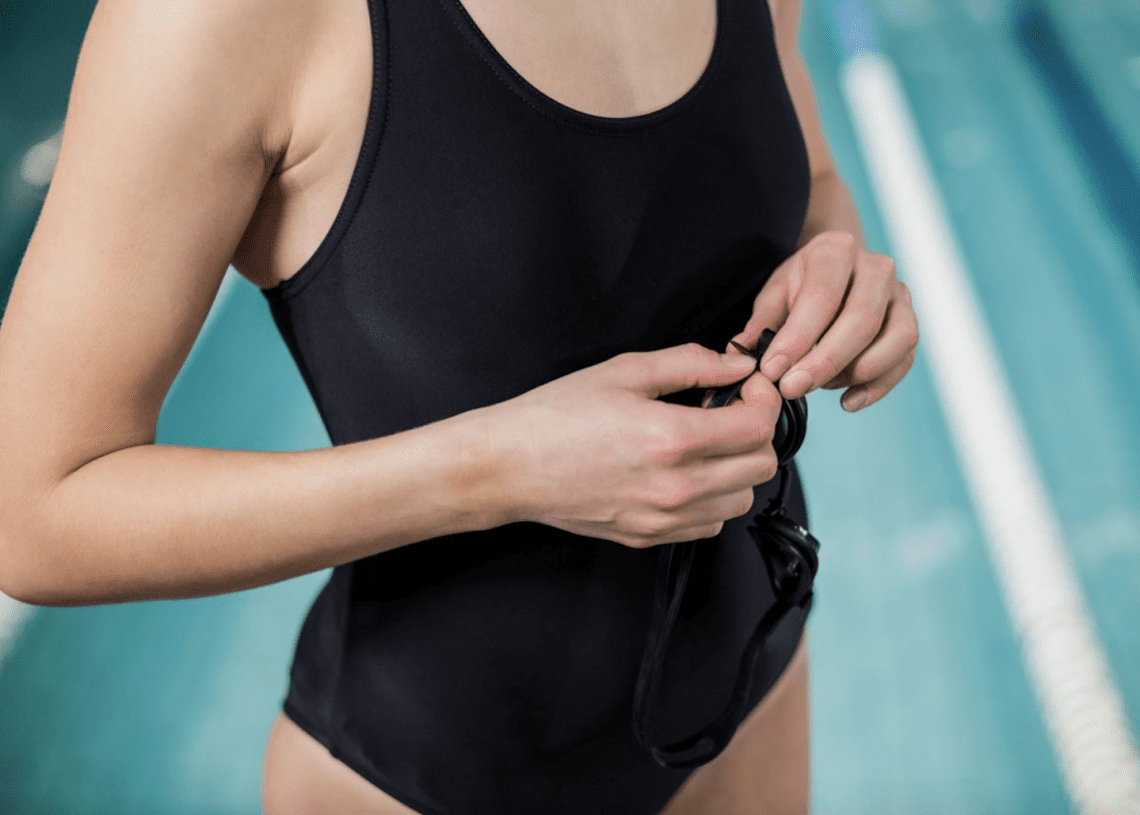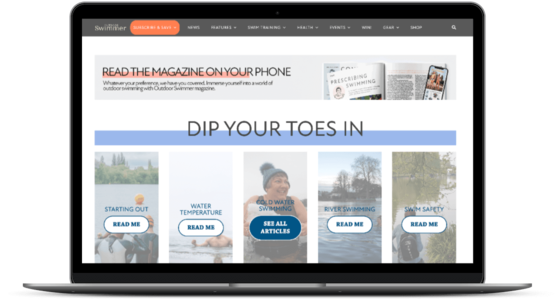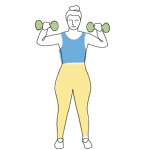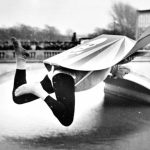
What’s the cause of my hip pain while swimming?
Swimming coach Cassie Patten troubleshoots a reader’s hip pain, and shares some tips for preventing further discomfort
“I’m a 47-year-old swimmer. I started swimming open water last year and I’ve done three events.








